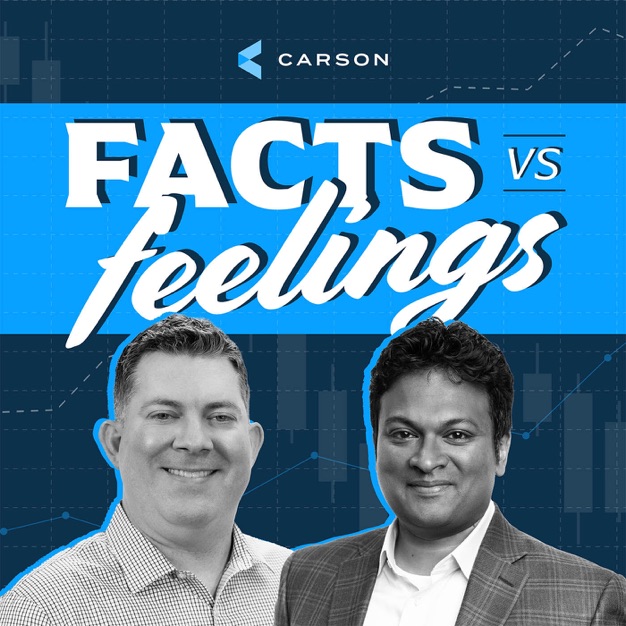Do ETFs Belong in Tax-Advantaged Accounts?
Exchange-traded funds started with SPY in 1993. Thirty years later, the advantages over mutual funds have proven overwhelming. Innovations include ETNs, active ETFs, and other exchange-traded products. Advisors must understand the technical differences between these funds that significantly impact client results.
Most advisors are aware of the advantages of exchange-traded funds (ETFs) over equivalent mutual funds (MFs) for taxable accounts. These advantages include the following:
- Lower taxable capital gains due to the vehicle's structure (creation/redemption mechanism).
- Lower taxable distributions—for the same reason.
- Lower fees for equivalent funds, due to reduced overhead expenses in the way the fund is maintained and compliance requirements.
- Lower ticket fees or platform commissions for trading ETFs versus some MFs.
- Additional transparency of holdings for many ETFs. Index ETFs report holdings daily. Active nontransparent funds may be as opaque as mutual funds, reporting only semiannually.
To see these advantages in action, look at the differences in fees, distributions, and returns for VOO versus VSPVX. These are the Vanguard funds tracking the S&P 500. (Data from Morningstar as of 5/2/22.)
|
Symbol |
TTM Yield |
Fees |
Total Return, 2021 |
|
VOO |
1.46% |
0.03% |
28.78% |
|
VSPVX |
2.01% |
0.08% |
24.81% |
As expected, fees and distributions are lower for the ETF. But why the difference in total return? Part of it is that some cash flows are distributed rather than reinvested. But there must be more to it. And this is the biggest reason to use ETFs in tax-advantaged (TA) accounts, like IRAs and HSAs.
The share creation/redemption mechanism is the root cause of the difference in performance. When shareholders buy or sell shares of MFs, the fund must invest or divest those funds rapidly rather than hold cash or maintain a cash negative position. The net asset value (NAV) is calculated at the end of each business day, which is the price that investors pay and receive. However, the fund company transacts at market prices during each trading day, buying and selling shares of the underlying investments to balance inflows and outflows of funds.
Shares of ETFs are bought and sold on the open market throughout the day, trading at market prices, which may reflect a discount or premium to the actual value of the underlying. When the ETF is trading at a premium, the authorized participant (AP) will buy a quantity of the ETF (typically 50,000 shares) and trade them as an even in-kind exchange with the ETF provider for a basket of shares of the underlying, equivalent to the holdings of the ETF. The AP pays most of the taxes on the gains and losses of these transactions, while the fund creates or destroys shares. The transactions are made during the trading day, with both the ETF and underlying holdings being exchanged at actual market prices.
The tax benefits of this arrangement are evident, but how does this impact performance? Let’s say a bear market is beginning. Many investors decide to sell. The mutual fund will receive redemptions that settle at that afternoon’s price. The fund trading desk may get notification of this overnight or as late as midmorning the next day. They must then sell positions out of the MF into a declining market, for which they paid the previous day’s closing price. For rising markets, the reverse is true, and funds must purchase shares that have been rising.
The impact is clear. Now consider less liquid securities, like municipal bonds or foreign holdings. ETFs will reflect this illiquidity cost by trading at a discount because the APs determine how much risk they are comfortable taking to make the in-kind exchanges of shares. MFs, however, may be forced to trade at less advantageous prices. Index MFs will need to trade some portion of most or all of their holdings, regardless of price or liquidity. Actively managed MFs will select the securities to buy and sell, and in times of volatility, this may result in style drift.
The biggest downsides to using ETFs in tax-advantaged accounts are operational for the advisor. Mutual funds allow for set-it-and-forget-it automatic periodic investments, and rebalancing can be accomplished to the dollar. The use of ETFs requires more effort in rebalancing, investing, and trading, although the advent of fractional share trading may be helpful in this regard.
Exchange-traded funds started with SPY in 1993. Thirty years later, the advantages over mutual funds have proven overwhelming. Innovations include ETNs, active ETFs, and other exchange-traded products. Advisors must understand the technical differences between funds that significantly impact client results.
Susan Middleton, CFA, CFP, serves as chief investment officer for Counsel Fiduciary. She publishes her own blog athttps://formybenefit.wordpress.com/.
Share This Article
Sponsored Content
Register: The Future of Senior Health & Wealth for Financial Professionals
The Medicarians conference is designed to help financial professionals grow their books of business, provide even better support to their customers, and navigate the ever-changing regulatory landscape. If you have clients that are 50 years or older, this event is for you. Get a free ticket.
Let a tax expert do taxes for you, start to finish, with TurboTax Live Full Service.
TurboTax Live Full Service will match you with your own dedicated tax expert who has experience in your unique tax situation and will do your taxes from start to finish.
Official Forecast: 2023 Social Security COLA
The US Bureau of Labor Statistics just released the CPI-W for August, which means were getting closer to determining 2023's Social Security COLA (Cost of Living Adjustment).









